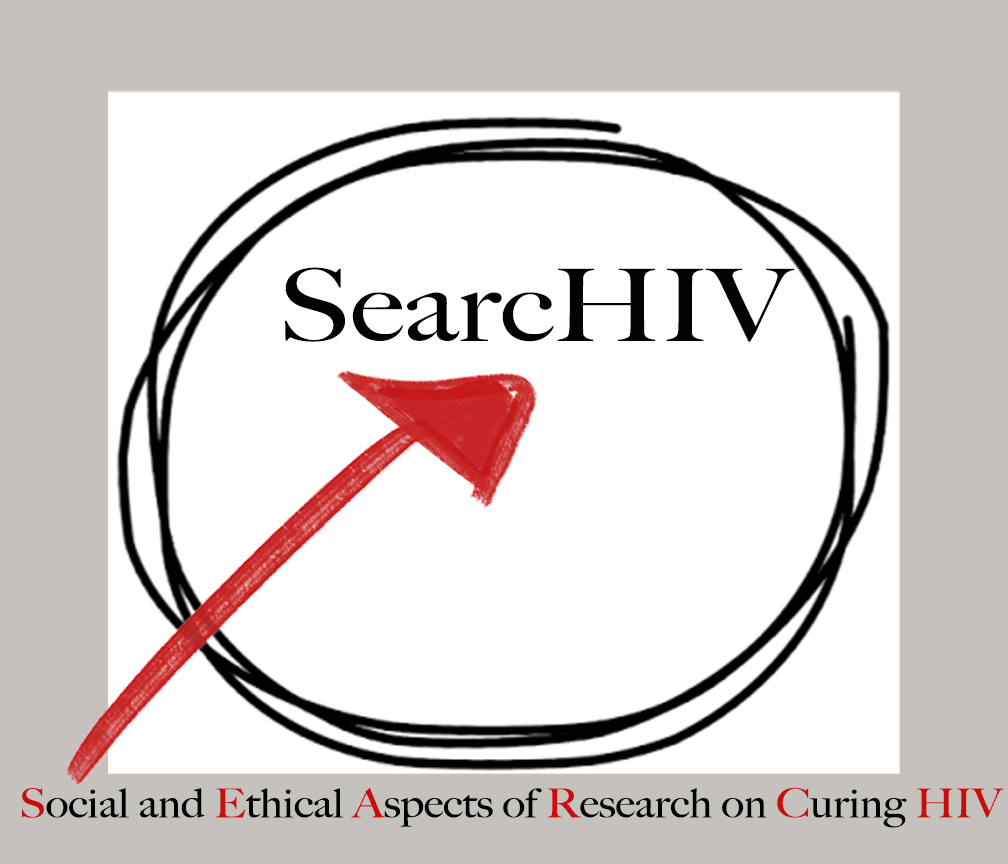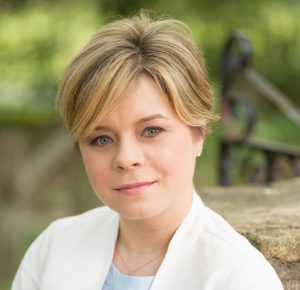By Karine Dubé
The International AIDS Society (IAS) 2017 conference was held in Paris, France in July 2017. A HIV Cure and Cancer Forum took place before the conference to explore the interconnectedness of HIV and cancer in the hope of accelerating the pace of discovery in HIV cure research. Below are some highlights from the forum and the main IAS 2017 meeting.
Highlights from the 2017 HIV Cure and Cancer Forum:
Biomedical Sciences:
- Monsef Benkirane, from the French Institute of Human Genetics, delivered the keynote lecture comparing HIV and cancer. Although HIV and cancer are different, similar cure strategies are being developed in both fields, either by targeting the cells responsible for disease, or boosting the immune systems. An HIV cure is not yet possible, but a small number of cancers can be cured, thus the possibility to derive lessons for the HIV cure research field.
- Aurélien Marabelle, from Gustave Roussy, France, presented a paradigm shift in cancer therapy, focused on targeting immune cells rather than cancer or tumor cells. New oncology treatment approaches involve strengthening immune cells to allow their proper activation when they recognize antigens.
- Larry Corey, from the Fred Hutchinson Cancer Center, discussed designing chimeric antigen receptor (CAR) T cells for HIV infection. He explained that the next decade will one utilizing cellular therapy in medicine. Despite their potency, CAR cells can lead to side effects, including cytokine release syndrome and neurological complications. Dr. Corey’s presentation was given a few days after the Food and Drug Administration (FDA) recommended approval for gene-altering utilizing CAR cells for the treatment of leukemia.
Social Sciences, Community Engagement and Ethics Roundtable:
- Jintanat Ananworanich, from the U.S. Military HIV Research Program, provided clinical trial design considerations in HIV remission research. Key issues for consideration related to the types of populations (age, gender, early versus late treated, etc.), trial designs – including study sizes and endpoints, as well as careful analysis of whether ART interruptions were ethically justifiable as part of trial design.
- Jean-Philippe Spano, from the Pitié-Salpêtrière University Hospital, France, discussed considerations for precision medicine in oncology. There is a revolution in cancer drug development from “one size fits all” trials to biomarker-driven studies relying on a small number of study participants. Next-generation cancer trials will rely on personalized and combination approaches, such as molecular treatment and immunotherapy combinations targeting single or multiple pathways.
- Thomas Uldrick, from the U.S. National Cancer Institute (NCI), noted that the FDA in collaboration with the American Society of Cancer Research and other cancer research groups are generating recommendations for the inclusion of people living with HIV in trials of new anticancer agents. Increased education and community involvement will be needed for the implementation of these recommendations.
- Michael Louella, from the University of Washington AIDS Clinical Trials Unit (ACTU), provided community perspectives on participation of people living with HIV in cure research. Reasons to participate in HIV research changed from survival (1986 – 1990s), to HIV treatment access (1990s – 2000s), and now relying fundamentally on the altruism of people living with HIV for recruitment in HIV cure research. Michael emphasized carefully managing expectations of what HIV cure studies can deliver in the short-term.
- Gilliosa Spurrier-Bernard, patient advocate at Mélanome France, provided insights from the field of melanoma research. The future of melanoma research will rely on limiting both clinical and financial toxicity and on placing patients at the center of research. There will also be a need for adaptive trials that follow people through their entire therapeutic journey.
- The roundtable presentations were followed by discussion from biomedical HIV cure researchers, social scientists and community advocates. The provision for viral load autotests during analytical treatment interruptions (ATIs), availability of PrEP to sexual partners of study participants undergoing ATIs and the need for patient-reported outcomes (PROs) as part of HIV cure research were debated.
Highlights from the main IAS 2017 Conference:
- Anthony Fauci, Director of the National Institute of Allergies and Infectious Diseases (NIAID), called attention to challenges and opportunities in HIV remission science. Dr. Fauci presented main strategies used in the depletion of HIV reservoirs and clearance of latently infected cells, and recommended speaking in terms of ‘sustained virological remission’ to discuss this type of research – as opposed to ‘HIV cure’. Dr. Fauci affirmed that eliminating the HIV reservoir remains an aspirational goal that is unlikely to succeed on a large scale at this time.
- South African HIV cure scientists announced that a nine-year old child diagnosed with HIV infection at one month of age, and who received HIV treatment in infancy, achieved treatment-free remission for 8.5 years. There is a need for further investigation of how the immune system contributes to controlling HIV replication to inform future strategies that could lead to long-term HIV treatment-free remission.
- Timothy Henrich, from the University of California San Francisco, presented the case of prolonged HIV remission with subsequent viral rebound in a person treated during Fiebig I –or ‘hyperacute’ – state of HIV infection. Very early HIV treatment reduced the size of the HIV reservoir, but did not lead to ART-free HIV remission.
Complete program of the IAS 2017 HIV Cure and Cancer Forum (July 22 – 23, 2017) available at:
Main IAS 2017 conference program:
http://programme.ias2017.org/?_ga=2.131380495.1692240773.1502199182-1764972927.1495498633
Paris statement – HIV science matters:
https://www.ias2017.org/The-Paris-Statement-HIV-Science-Matters





One Response to “IAS 2017: HIV and Cancer Fields United in Dialogue to Accelerate Discovery in the Search towards ‘Sustained Virologic Remission’”
Brandon Brown
A great summary, very informative! I feel like I was there, but I doubt I could summarize as well as Karine.